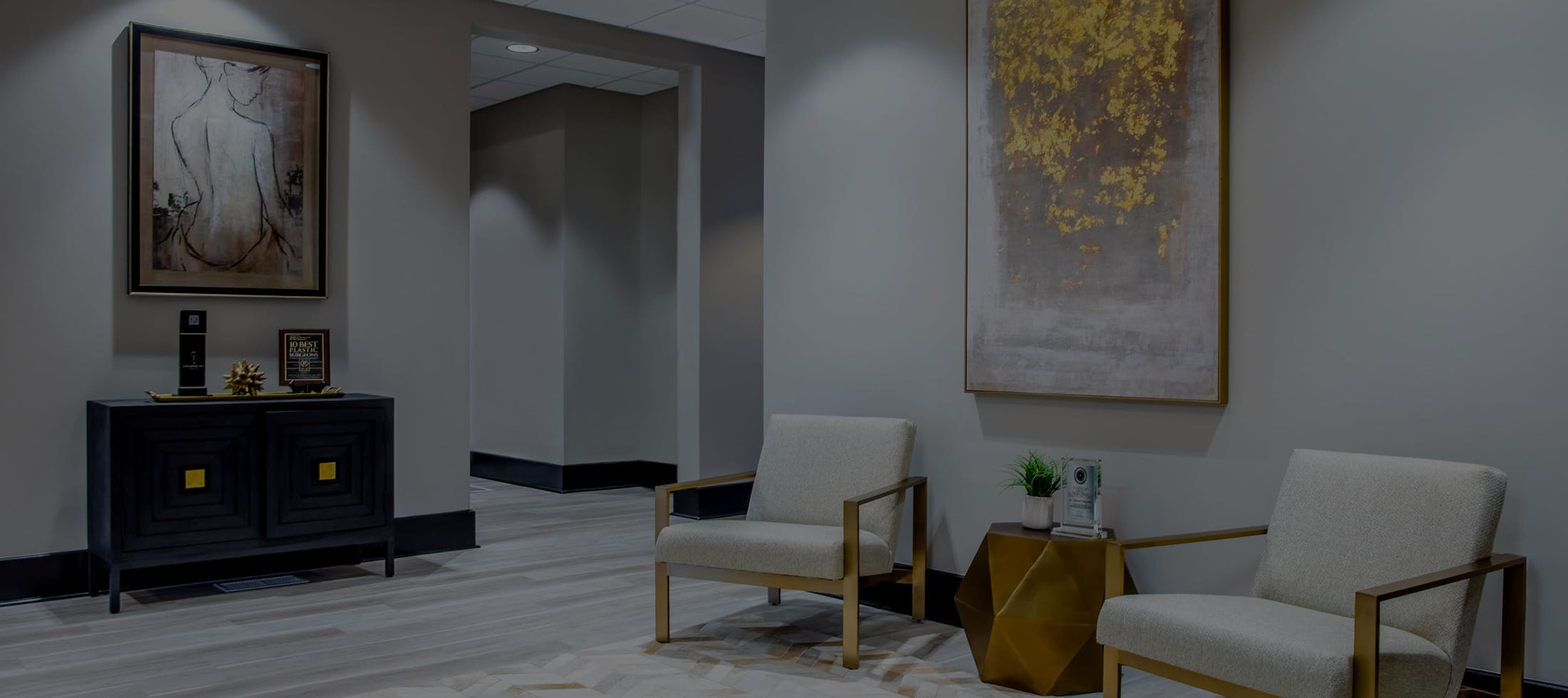We bet you’ve heard or read that “breast implants have to be replaced every ten years” somewhere in your Breast Augmentation research. Luckily, this is not exactly true. That recommendation came from the older generation implants (produced in the 90’s) that had a thinner outer shell and a more liquid gel filling. The thinner shell of the older generation implants were not as strong, therefore had higher rupture rates. These higher rupture rates led the implant manufacturers to recommend that the implants be replaced approximately every ten years.
Breast implants can quite possibly last a lifetime, although the manufacturers won’t specifically state that. The current generation implants have a stronger silicone shell and are more stable, with a much lower rupture rates than their older generation predecessors. The literature quotes that the current generation highly cohesive round gel implants have a rupture rate of about 3-4% at six years and may increase to around 9% at ten years after primary augmentation. The 9% isn’t completely accurate though because that study showed false positives (ruptures) as detected by MRI, but was less than that when examined at surgery. The surgical exploration part of the study was limited after the common false positive results were identified. The saline implants have about a 10% risk of rupture at 10 years and increase 1% per year after. So, for example, the risk of rupture for saline implants at 15 years is 15% and so on.
WHAT CAUSES AN IMPLANT TO RUPTURE?
There are many reasons an implant can rupture, and the amount of pressure required is different for each type of implant (saline or silicone). The current generation of highly cohesive gel implants are much stronger and can hold up to much more pressure than can a saline implant. A major reason that an implant can rupture is called a “fold failure,” in which the folds or “ripples” of the outer shell rub together inside the body and over time create a rupture. Saline implants have this problem more often than silicone. One way to reduce the chances of the fold failure occurring is to over fill the saline implant so that there are no visible folds or ripples. This causes the implant to look very round, and typically gives the more augmented look, and increases the pressure on the shell of the implant. The silicone gel implant comes prepackaged so the manufacturer has worked out this balance appropriately. This is why the rupture rate of the gel implant is so much lower than a saline implant.
In the unlikely event your newer generation highly cohesive gel implant ruptures, the material inside the implant will likely stay localized. The gel should remain inside the breast pocket and will not flow throughout the body like the more liquid older generation implants did. This is referred to as a “silent rupture” because it may be more difficult to detect a rupture and the breast appearance may not change. If a saline implant ruptures, the material inside will be harmlessly absorbed by the body, but it will be noticeable as the breast size will dramatically decrease. Our preferred implant manufacturer is Mentor, and it is their policy that if there is a confirmed rupture Mentor will replace the ruptured implant and the contralateral implant, even if it is not ruptured.
WHY SHOULD I HAVE MY IMPLANTS REPLACED?
What Dr. Burgdorf tells patients of his plastic surgery practice with silicone implants is that if the implants feel soft and look fine, leave them alone. If they develop some hardness or the breasts begin to droop, then it may be time to consider surgery. For saline implants, you are a little more “on the clock” and Dr. Burgdorf would recommend considering a swap out starting around 10 years. Otherwise, it may be more of an urgent situation to replace a deflated implant. Think of a flat tire scenario, but you’re your chest. But Dr. Burgdorf still believes that if things look and feel right, leave them alone. In his opinion, the old adage holds true, “If it ain’t broke, don’t fix it.”

